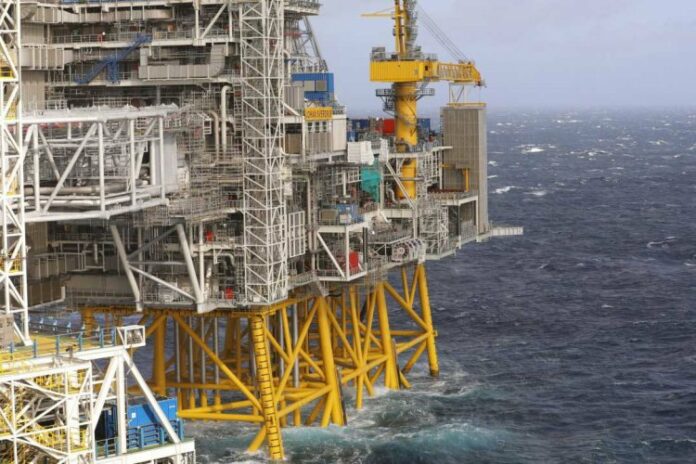Once again, the Johan Sverdrup field is increasing its daily production capacity, expecting to reach around 500,000 barrels of oil per day by the end of the year – around 60,000 barrels more than the original basis when the field came on stream.
Equinor and its partners have tested the plant capacity in November to verify a possible production rise. As the test results have been very positive a production increase is called for by the end of 2020.
By then the production capacity will rise from today’s 470,000 to around 500,000 barrels of oil per day. The Johan Sverdrup field has had safe and stable operation since it came on stream just over a year ago.
Jez Averty, senior vice president for operations south in Development and Production Norway, says:
“For the second time since the start-up the plant is able to increase its daily capacity. As Johan Sverdrup is a field with high profitability and low CO2 emissions, a production rise is great news. The field has low operating costs, providing revenue for the companies and Norwegian society, even in periods with low prices.”
The Johan Sverdrup field is powered from shore with very low CO2 emissions per barrel. Emissions during the field life are estimated at less than 0.7kg CO2 per produced barrel.
Phase 2 of the Johan Sverdrup field development is on schedule, and production start is scheduled for the fourth quarter of 2022. The increase means that the Johan Sverdrup full-field plateau production capacity is expected to rise from 690,000 to around 720,000 barrels of oil per day.
The Johan Sverdrup field is using water injection to secure high recovery of reserves and maintain production at a high level.
Rune Nedregaard, vice president for Johan Sverdrup operations, says:
“Based on the positive results of the capacity test where we produced at rates of over 500,000 barrels of oil per day, we are now working on solutions to increase the water injection capacity which should allow us to further increase daily production capacity beyond this level by mid-2021.”



